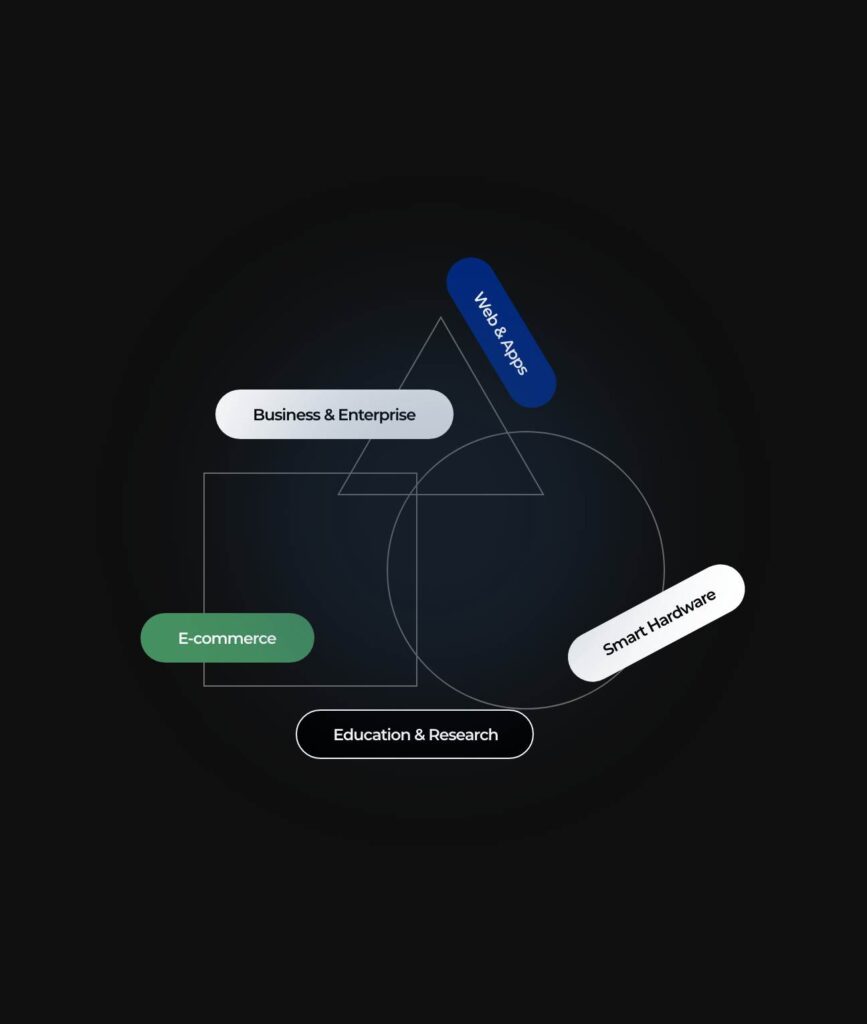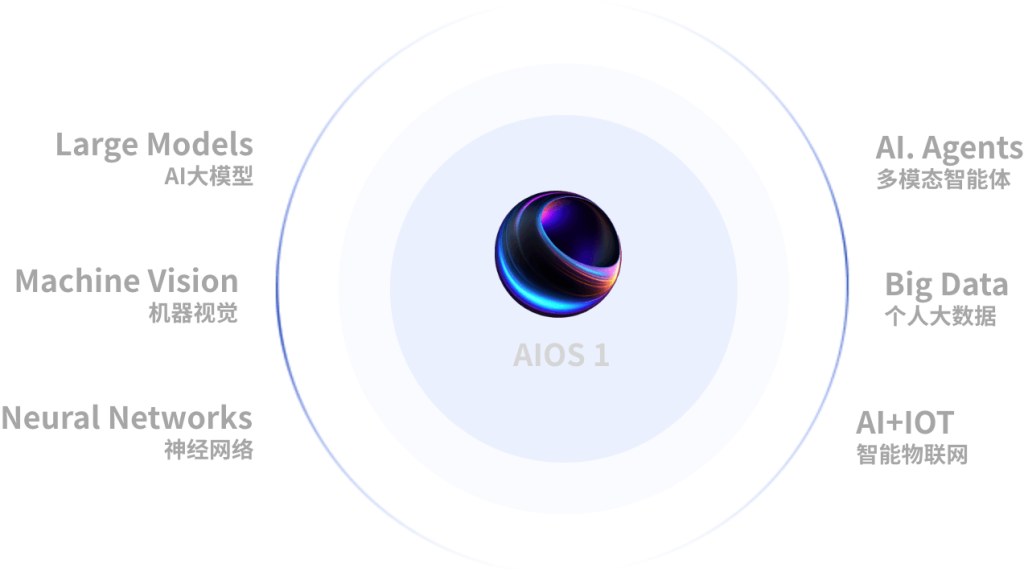In today’s fast-paced digital landscape, organizations are increasingly turning to artificial intelligence (AI) to streamline their operations. AI Workflow Management is becoming a cornerstone of business efficiency, enabling companies to automate routine tasks, enhance decision-making, and improve overall productivity. This article explores the latest trends, solutions, and applications of AI Workflow Management, shedding light on how businesses can harness this technology for optimal performance.
AI Workflow Management refers to the integration of AI technologies into the processes that govern how work is done within an organization. This includes automating repetitive tasks, optimizing resource allocation, and providing real-time insights into workflow efficiency. According to a report by McKinsey, companies that have adopted AI for workflow management have seen productivity gains of up to 40% (McKinsey, 2021).
One of the key trends in AI Workflow Management is the rise of intelligent automation. This involves using AI to not only automate tasks but also to make intelligent decisions based on data analysis. For instance, AI can analyze historical data to predict project timelines, allocate resources more effectively, and identify potential bottlenecks before they become significant issues. This predictive capability allows organizations to proactively manage workflows, leading to smoother operations and reduced downtime.
Moreover, AI Workflow Management systems are increasingly being designed with user-friendly interfaces that allow non-technical users to create and manage workflows. Tools like Zapier and Microsoft Power Automate enable users to connect various applications and automate tasks without needing extensive coding knowledge. This democratization of technology empowers employees at all levels to contribute to process optimization, fostering a culture of innovation within the organization.
**Curating Content with AI: The Future of Digital Marketing**
As digital content continues to proliferate, businesses are facing the challenge of managing and curating vast amounts of information. AI-based Content Curation has emerged as a powerful solution, enabling organizations to filter, organize, and deliver relevant content to their target audiences efficiently.
AI-based Content Curation leverages machine learning algorithms to analyze user behavior, preferences, and trends. By understanding what content resonates with specific audiences, AI can recommend articles, videos, and other media that are most likely to engage users. According to a study by HubSpot, personalized content curation can increase engagement rates by up to 74% (HubSpot, 2022).
One of the most significant advantages of AI-based Content Curation is its ability to save time and resources. Instead of manually sifting through countless articles and posts, marketers can rely on AI tools to deliver curated content that aligns with their brand’s voice and audience interests. Platforms like Curata and Scoop.it are leading the charge in this space, offering AI-driven solutions that help marketers streamline their content strategies.
Furthermore, AI-based Content Curation can enhance SEO efforts by identifying trending topics and keywords that are gaining traction in real-time. This allows businesses to create content that is not only relevant but also timely, positioning them as thought leaders in their respective industries. By staying ahead of the curve, organizations can attract more traffic to their websites and improve their overall online visibility.
**AI for Real-Time Monitoring: Enhancing Operational Oversight**
In an era where data is generated at an unprecedented rate, the ability to monitor operations in real-time has become essential for businesses. AI for Real-Time Monitoring is transforming how organizations track performance, manage resources, and respond to emerging challenges.
Real-time monitoring powered by AI involves the use of sensors, IoT devices, and advanced analytics to collect and analyze data instantaneously. This technology enables businesses to gain insights into their operations, identify anomalies, and make data-driven decisions on the fly. For example, in manufacturing, AI can monitor machine performance and alert operators to potential failures before they disrupt production. According to a report by Gartner, organizations that implement AI for real-time monitoring can reduce operational costs by up to 30% (Gartner, 2023).
One of the most compelling use cases for AI in real-time monitoring is in supply chain management. Companies can leverage AI to track inventory levels, monitor shipment status, and predict demand fluctuations. This level of oversight allows businesses to respond swiftly to changes in the market, ensuring they remain competitive and customer-focused.
Additionally, AI for Real-Time Monitoring is making significant strides in the healthcare sector. Hospitals and clinics are using AI to monitor patient vitals, track medication adherence, and predict potential health crises. By analyzing data from wearables and medical devices, AI can alert healthcare providers to critical changes in a patient’s condition, enabling timely interventions and improving patient outcomes.
**Conclusion: Embracing AI for a Competitive Edge**
As organizations navigate the complexities of the modern business environment, the integration of AI technologies such as Workflow Management, Content Curation, and Real-Time Monitoring is becoming increasingly vital. These innovations not only enhance operational efficiency but also empower businesses to make informed decisions based on data-driven insights.
To stay competitive, companies must embrace these AI-driven solutions and foster a culture of continuous improvement. By leveraging AI, organizations can streamline workflows, curate relevant content, and monitor operations in real-time, ultimately driving growth and success in an ever-evolving marketplace.
In conclusion, the future of business lies in the ability to adapt and innovate. AI technologies are not just tools; they are transformative forces that can redefine how organizations operate. By investing in AI Workflow Management, AI-based Content Curation, and AI for Real-Time Monitoring, businesses can position themselves for success in the digital age.
**Sources:**
– McKinsey & Company. (2021). “The State of AI in 2021.”
– HubSpot. (2022). “The Importance of Content Curation in Digital Marketing.”
– Gartner. (2023). “AI and Machine Learning in Real-Time Monitoring.”





























